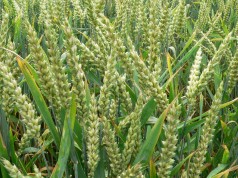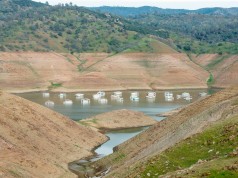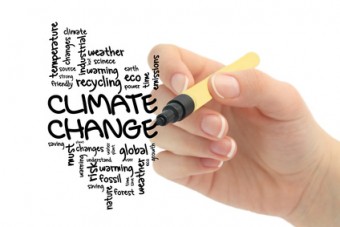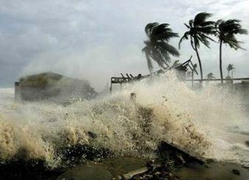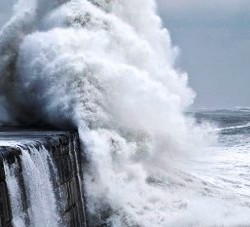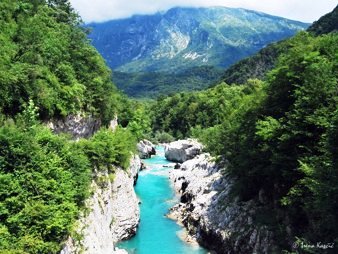 Extreme weather events fuelled by unusually strong El Ninos, such as the 1983 heatwave that led to the Ash Wednesday bushfires in Australia, are likely to double in number as our planet warms.
Extreme weather events fuelled by unusually strong El Ninos, such as the 1983 heatwave that led to the Ash Wednesday bushfires in Australia, are likely to double in number as our planet warms.
An international team of scientists from organisations including the ARC Centre of Excellence for Climate System Science (CoECSS), the U.S. National Oceanic and Atmospheric Administration (NOAA) and Commonwealth Scientific and Industrial Research Organisation (CSIRO), published their findings in the journal Nature Climate Change.
“We currently experience an unusually strong El Niño event every 20 years. Our research shows this will double to one event every 10 years,” said co-author, Dr. Agus Santoso of CoECSS.
“El Nino events are a multi-dimensional problem, and only now are we starting to understand better how they respond to global warming,” said Dr. Santoso. Extreme El Niño events develop differently from standard El Ninos, which first appear in the western Pacific. Extreme El Nino’s occur when sea surface temperatures exceeding 28°C develop in the normally cold and dry eastern equatorial Pacific Ocean. This different location for the origin of the temperature increase causes massive changes in global rainfall patterns.
“The question of how global warming will change the frequency of extreme El Niño events has challenged scientists for more than 20 years,” said co-author Dr. Mike McPhaden of U.S. National Oceanic and Atmospheric Administration. “This research is the first comprehensive examination of the issue to produce robust and convincing results,” said Dr. McPhaden.
The impacts of extreme El Niño events extend to every continent across the globe.
The 1997-98 event alone caused $35-45 US billion in damage and claimed an estimated 23,000 human lives worldwide.
“During an extreme El Niño event countries in the western Pacific, such as Australia and Indonesia, experienced devastating droughts and wildfires, while catastrophic floods occurred in the eastern equatorial region of Ecuador and northern Peru,” said lead author, CSIRO’s Dr. Wenju Cai.
In Australia, the drought and dry conditions induced by the 1982-83 extreme El Niño preconditioned the Ash Wednesday Bushfire in southeast Australia, leading to 75 fatalities.
To achieve their results, the team examined 20 climate models that consistently simulate major rainfall reorganization during extreme El Niño events. They found a substantial increase in events from the present-day through the next 100 years as the eastern Pacific Ocean warmed in response to global warming.
“This latest research based on rainfall patterns, suggests that extreme El Niño events are likely to double in frequency as the world warms leading to direct impacts on extreme weather events worldwide.”
“For Australia, this could mean summer heatwaves, like that recently experienced in the south-east of the country, could get an additional boost if they coincide with extreme El Ninos,” said co-author, Professor Matthew England from CoECSS.
Check the following link to read/download the Full Study – “Increasing Frequency of Extreme El Niño Events Due to Greenhouse Warming”:
http://www.nature.com/nclimate/journal/v4/n2/full/nclimate2100.html
Source: UNSW.

